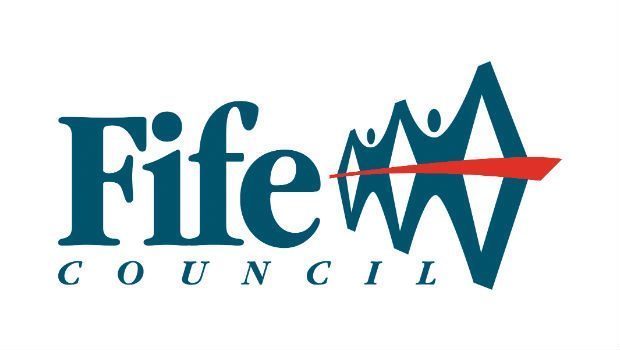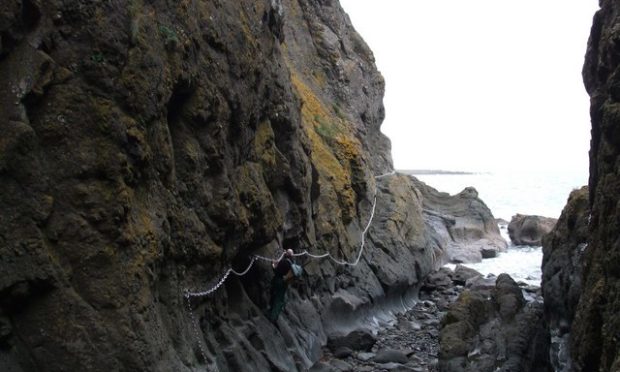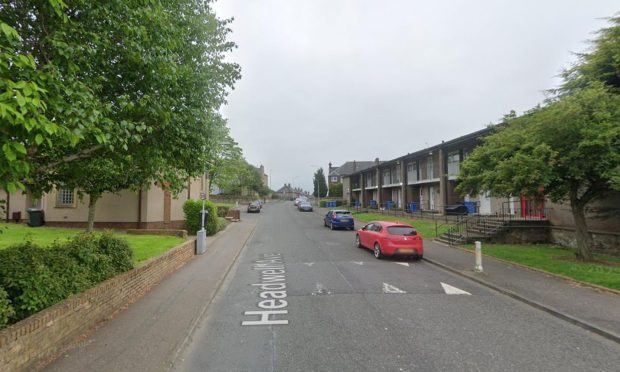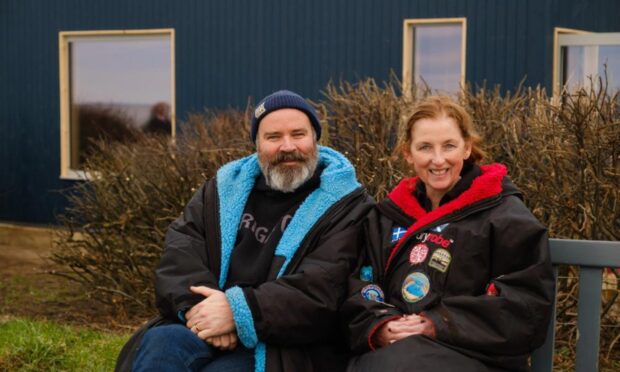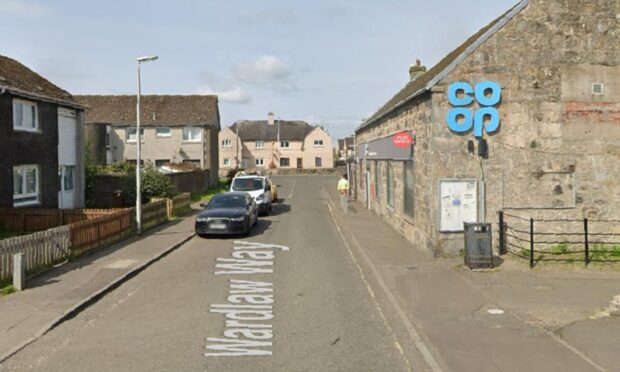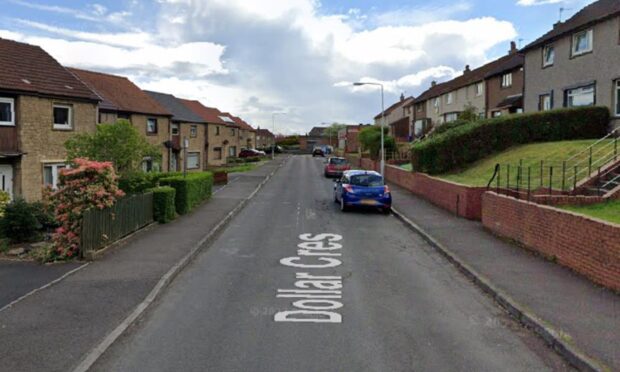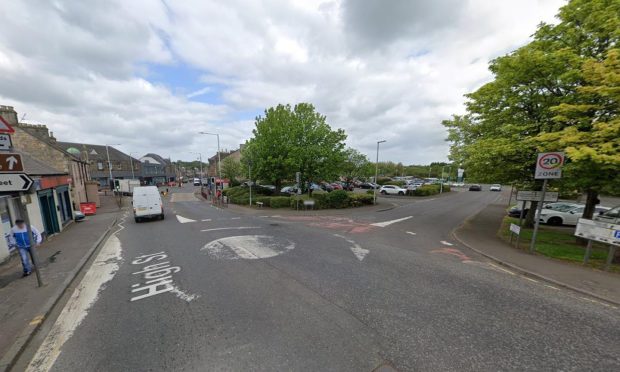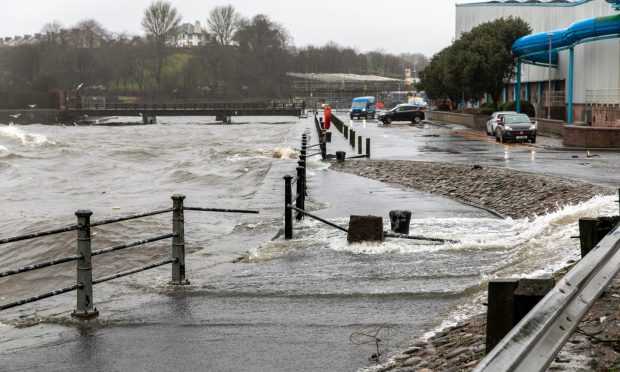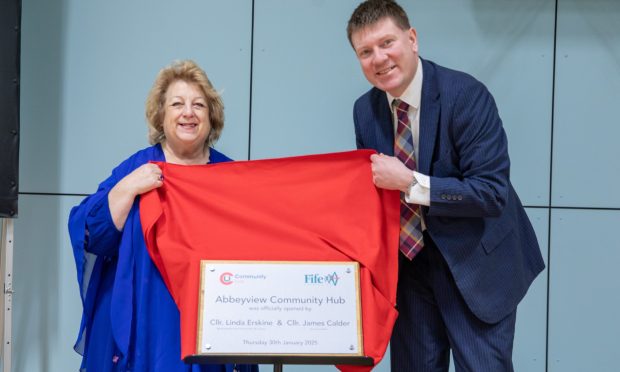Council rents in Fife are likely to rise by 3% next year, according to budget proposals put forward for consideration.
Tenants across the region are to be surveyed on the proposed increase for 2017/18 Housing Revenue Account (HRA) rents and associated charges over the coming weeks ahead of a final decision being taken in February.
Three options have been tabled, namely rent rises of 2.5%, 3% and 3.5%, and officials have indicated their preference for a 3% hike which, they say, would allow the council to deliver current commitments such as repairs and maintenance whilst still keeping rents affordable.
The move, if agreed, would see the average rent rise by £1.97 per week to £67.55 per week — still between £3.56 and £15.52 cheaper than the average weekly rent charged by local housing associations.
More than half of tenants questioned at the recent Annual Tenant Gathering also favoured the middle-of-the-road option, although 38% actually opted for the larger 3.5% increase.
Members of Fife’e executive committee heard how analysis of data published by the Scottish Housing Register for 2015/16 shows that Fife Council’s rent is 22nd lowest out of 193 social landlords in Scotland, and the eighth lowest of 26 local authorities.
Councillors also heard how Fife Council is the highest investing local authority in relation to capital investment in homes across Scotland.
Councillor Judy Hamilton, Fife’s housing spokesperson, stressed that no decision has yet been taken, but said her preference was for a 3% rise rather than the higher 3.5% one.
“I still think we should go for the 3% when you look at things in terms of overall affordability for people,” she said.
“This is really about consulting with tenants and understanding where they are in all of this.”
SNP group leader Councillor Brian Goodall described the options being consulted on as “reasonable” ones, and highlighted the council’s favourable position compared to rents charged in other situations.
“This report demonstrates a stark truth that some of the housing association rents are really quite high, veering towards becoming unaffordable,” he noted.
“One thing we need to remember is that we could be doing this against an increase in council tax next year, so we’ve got to bear in mind overall affordability for people.”
A profile of spend for the draft HRA budget for 2017/18, based on a 3% rent increase, also indicated that around 76% of the budget would be focused on investment in the physical fabric of council stock, as well as developing new housing.
Head of housing John Mills was asked how many extra homes might be provided should a 3.5% increase be pursued, but Mr Mills said that was “very difficult to quantify” – particularly when there are competing demands on the council’s finances across the board.
